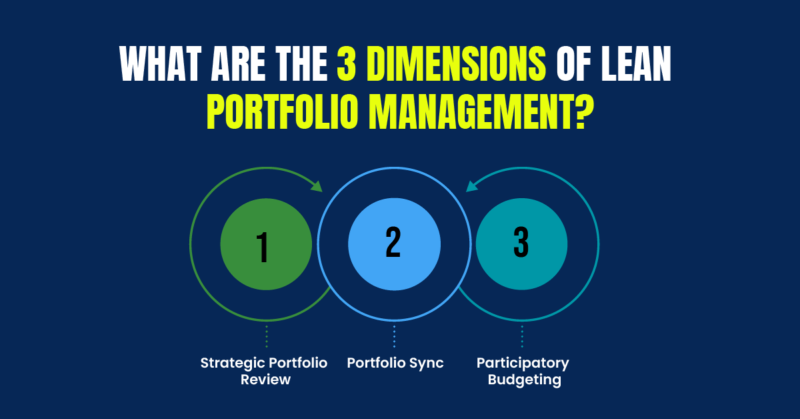
Agilemania
Agilemania, a small group of passionate Lean-Agile-DevOps consultants and trainers, is the most tru... Read more

Agilemania, a small group of passionate Lean-Agile-DevOps consultants and trainers, is the most tru... Read more

LPM, also known as Lean Portfolio management, refers to how senior leadership uses lean principles and systems thinking approaches to align strategy with execution. Portfolio management teams apply these principles and approaches to strategy and investment funding, Agile portfolio operations, and governance.
The primary goal of Lean portfolio management (LPM), is to align agile development with business strategy and the primary focus of the company is to deliver value through products and solutions to customers. Incorporating agile and lean portfolio management offer a path to improving business agility.

The primary focus of lean portfolio management is to align Lean-Agile development with business strategy. The concept of lean portfolio management involves applying lean principles to the traditional functions of portfolio management, as well as applying a lean-agile mindset. In order to implement Lean Portfolio Management, we must shift from annual planning cycles with fixed scope expectations to more agile and fluid rolling-wave planning managed by a Portfolio Kanban system.
Their consultants are approved by recognized accreditation bodies like Scrum Alliance, International Consortium of Agile (ICAgile), Scrum.Org, Leading Scaled Agile (SAFe®), and Large-Scale Scrum (LeSS). They used to provide the best training so that by gaining knowledge about SAFe® and its courses, one can become a great servant leader for his organization.
Agilemania, a small group of passionate Lean-Agile-DevOps consultants and trainers, is the most trusted brand for digital transformations in South and South-East Asia.
WhatsApp Us
Sumeet is an excellent coach and can relate the subject to the day-to-day work we do. That makes our understanding easie...
I attended PSPO Training by Sumeet Madan last wakened and I must say it has been the best training ever. He did not open...

I had recently attended PSPO training with Sumeet Madan and it was fantastic! His expertise in Agile product ownership i...

Excellent way of providing the training by Preeth. Scenario based teaching approach makes it extremely easy to learn and...

I recently took the ICP-ENT (Enterprise Agile Coaching) training with an online course. The customer service was great a...

We will get back to you soon!
For a detailed enquiry, please write to us at devops@agilemania.com
We will get back to you soon!
For a detailed enquiry, please write to us at devops@agilemania.com


